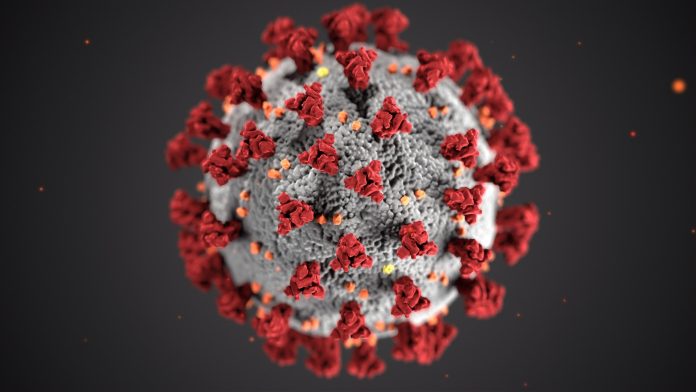
In a breakthrough that could change the way we fight diseases, scientists have come up with a super-sensitive test that can detect dangerous germs before they start causing problems.
This test is so sharp that it might transform how we deal with outbreaks and pandemics.
The team, writing in the journal Science Advances, shares how they created an electronic sensor as tiny as a computer chip.
This sensor uses super small balls called nanoballs—clusters of genetic stuff so little that you’d need a thousand of them side by side to match the thickness of a human hair.
This high-tech tool also uses fancy electronics to do its job.
Mehdi Javanmard from Rutgers University, one of the brains behind this study, said that during the COVID pandemic, they missed having a cheap way to find out who was silently spreading the virus without showing any symptoms.
These are the ‘quiet infected’ people. This new test could have been a game-changer.
So, how does this tiny detective work?
It starts by looking for the unique signature of a virus—the special sequence of nucleic acids (that’s the stuff that carries all the cell’s important messages).
Then it makes loads of copies of any viral sequence it finds—up to 10,000 copies. After that, it rolls these bits of genetic material into nanoballs big enough to be spotted.
The nanoballs are then counted one by one as they pass through tiny tunnels with electric wires on each side, like going through a security scanner at the airport.
Javanmard explains that they take the virus’s genetic material and wrap it up into a DNA ball that’s big enough to be seen by a gadget called an electronic cytometer.
This helps them catch the infection super early, even when there’s hardly any of it in the body.
This nifty sensor works on samples from blood and spit, and it’s already been able to find early signs of a bunch of viruses, like the one that gives you a cold, and even tough bugs like the one that causes tuberculosis.
The best part? It’s all packed into a tiny chip that’s easy to carry around, so you could even wear it.
For now, the big plan once this test is ready for everyone is to use it to spot virus infections early on. But it doesn’t stop there. Later on, it might also help check for diseases caused by bacteria and even make sure our food and water are safe from bad bacteria.
Imagine having a little gadget that could tell you if you’re getting sick before you even feel it—that’s what this science could bring to our everyday lives.
It’s not just about staying one step ahead of a cold; it’s about having a secret weapon against outbreaks that could save countless lives.
Follow us on Twitter for more articles about this topic.



